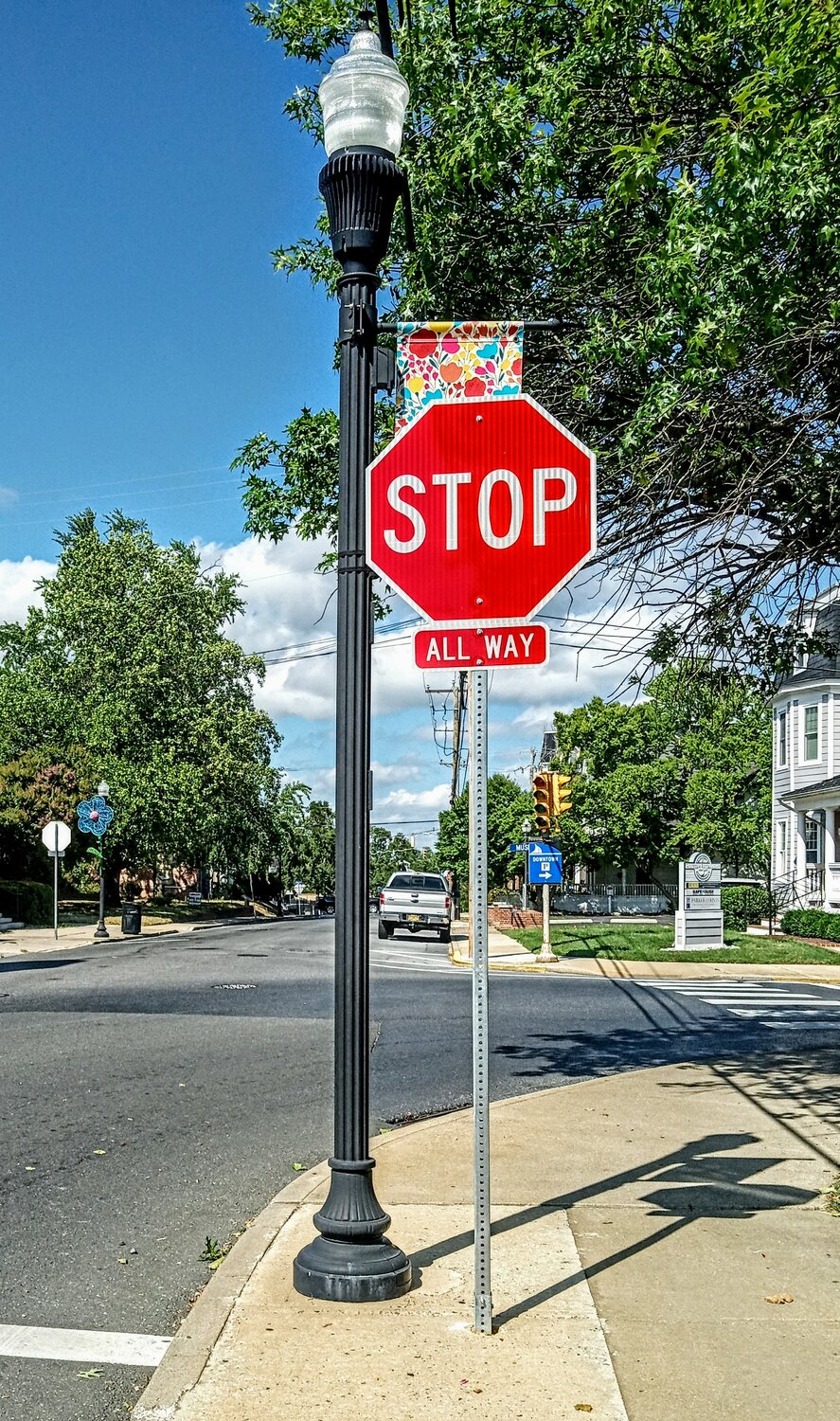Cambridge City Council approves traffic light removal from downtown intersections
Cambridge City Council unanimously approved the permanent removal of traffic lights from five downtown intersections.
The move came during Council’s Monday, July 8 meeting, following a recommendation from City Engineer Carl “Bucky” Jackson.

You must be a member to read this story.
Join our family of readers for as little as $5 per month and support local, unbiased journalism.
Already a member? Log in to continue. Otherwise, follow the link below to join.
Please log in to continue |
Cambridge City Council approves traffic light removal from downtown intersections
CAMBRIDGE - Cambridge City Council unanimously approved the permanent removal of traffic lights from five downtown intersections.
The move came during the council’s Monday, July 8, meeting, following a recommendation from city engineer Carl “Bucky” Jackson.
The cost for removing the traffic lights is approximately $4,000 to cover the rental of equipment needed to extricate the poles and lights, Jackson stated.
The five Cambridge intersections include Spring and Gay streets, Muir and Race streets, Muse and Gay streets, High and Locust streets, High and Glasgow streets, and Gay, Poplar and Race streets.
Work is scheduled to take place Tuesday and Wednesday, July 16 and 17.
In his memorandum to the council, Jackson recapped the step-by-step process behind transitioning the intersections from traffic lights to stop signs. That process included receiving feedback from the public, police and downtown businesses.
First, the city contracted with Baltimore-based The Traffic Group to study downtown traffic during the summer of 2023. Those findings were then presented to the city’s Traffic & Safety Committee and Council in September 2023, with a public comment period on the study on Nov. 30, 2023, according to Jackson’s memo.
The council then voted to institute a three-phase pilot program based on the study’s findings indicating that stop signs, instead of traffic lights, were better suited to safely maintain the flow of downtown traffic.
The program was designed as a temporary measure to be made permanent pending citizen feedback.
Stop signs and crosswalks were installed at the first three intersections by Feb. 19, followed by the second at High and Glasgow and High and Locust streets March 15. Like the High Street intersections, the final intersection at Poplar, Race and Gay streets - completed April 15 - included reconfigured lanes and moved or added stop bars for increased visibility.
Traffic lights were set to blink for 30 days following the stop sign installation, then shut off, as drivers and pedestrians adapted to the new set-up.
For about one week after each phased installment, public feedback - both positive and negative - was received. But Jackson’s memo stated, since that time, “City staff have received little to no communication on the downtown traffic flow with newly placed stop signs. The Cambridge Police Department has not received any complaints and CPD has not seen an increase in vehicular and pedestrian accidents at these five intersections.”
Noting those results, Jackson’s recommendation that the pilot plan become permanent as initially presented was approved by assistant city manager Brandon Hesson and sent to council July 1.
Ward Five Commissioner Brian Roche, who has been involved with the Traffic and Safety Commission since his election to City Council, called the success of the project a “resounding victory for the merchants and patrons of Cambridge Main Street, citizens of all levels of mobility, and our local economy.”
“The Traffic and Safety Committee did a wonderful job backing up the changes with data, piloting the program, and passing it through to every level of civic approval to give the public confidence in the changes,” Roche wrote in an email response.
“I can only hope that this will serve as an example for other much needed and low-cost changes throughout the city to make the streets safer, more comfortable, and our community more livable,” Roche wrote.


 By
By 



